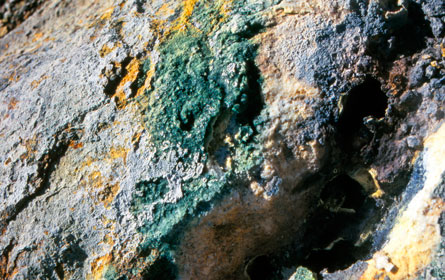- More than 2 years ago
Life is hard in hot volcanic pools laden with salt, acid, sulfur and toxic metals, but a red alga called Galdieria sulphuraria thrives in such environments with a little genetic help from some microbial buddies. The alga borrowed at least 5 percent of its genes from bacteria and archaea that live in extreme conditions, Gerald Schönknecht of Oklahoma State University in Stillwater and his colleagues report in the March 8 Science.

That amount of borrowing is unusual among eukaryotes, organisms that store DNA in a nucleus. Eukaryotes tend to evolve new capabilities by copying old genes, with mutations gradually altering the function of redundant copies. By contrast, bacteria and archaea routinely swap genes among themselves, picking up new abilities along the way.
In its ancient past, G. sulphuraria snagged genes from bacteria and archaea that now help it cope with heat, salt and toxic metals, the researchers found by comparing the alga’s genetic makeup with those of other species.






